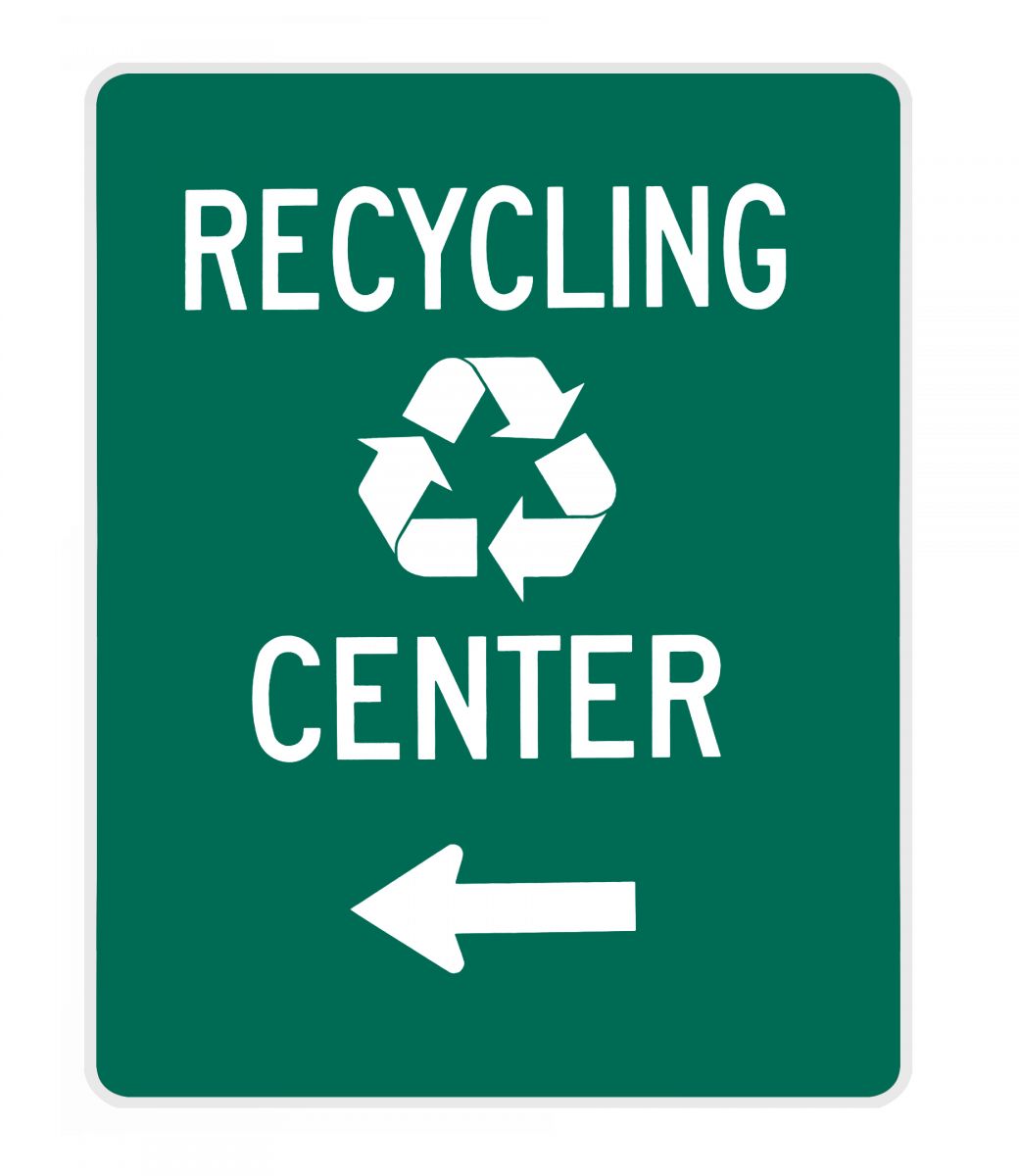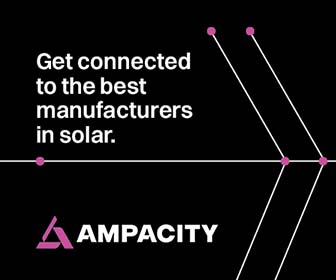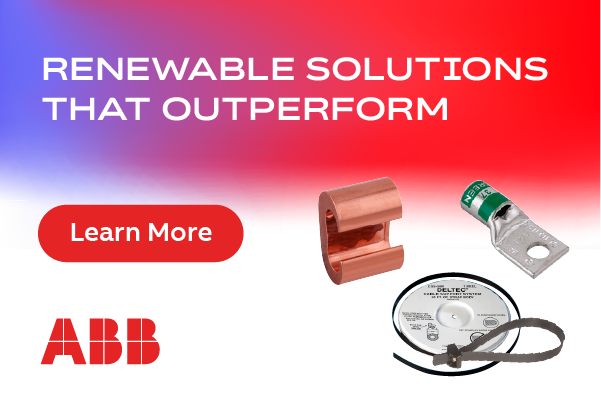Policy Changes Open Doors to the Solar Secondary Market
Policy changes in the solar industry may cause uncertainty, but they also open doors to new opportunities in the secondary market. It's up to you to step through and discover what's on the other side.
Secondary Market Defined
Before we look at the various policies in effect and the opportunities they create in the secondary market, let's define the secondary market. Even if you are not familiar with the solar secondary market, you probably have seen such a market in other industries.
The secondary market, also known as the aftermarket, comprises any material that falls outside of the traditional supply chain. This includes but is not limited to:
- Surplus, clearance, manufacturer fire sales
- Excess, overstock, left-over parts from projects
- Product liquidations, auctions
- Refurbished goods, recycled materials
In a robust secondary market, many players - solar companies, equipment brokers, resellers, recycling & refurbishment firms, insurance agencies, and 3rd party warranty companies - come together in a worldwide network to buy and sell equipment that is no longer within the traditional supply chain.

What does this look like with respect to policy changes?
Consider two scenarios that are relevant today: First, policies addressing grid reliability make older inverter models noncompliant; and second, policies concerning end-of-life management redistribute panels and other components for resale or recycle.
Grid Reliability Policies
In the first scenario, think of utility electrical code development over the past five years. Hawaii implemented mandatory ride through requirements in January 2015. In December of that year, California implemented rule 21 to require smart inverter functionality.
New England followed California and Hawaii by adopting UL 1741 SA, which certifies DG components adaptable for grid stabilization. Prior to these changes, inverters were built to shut off, or disconnect, when the grid experienced instability issues. These actions led to discussions about grid reliability and distributed energy resources (DER) on the national level.
Then, in April 2018, the Institute of Electrical and Electronics Engineers (IEEE) updated Standard 1547 to include solar energy and electric storage for safe interconnection of DER to the U.S. grid. The test protocol IEEE 1547.1 is expected to be published later this year to allow manufacturers to show specific conformance.
These changes are necessary for a resilient and reliable grid system. But what about those legacy inverters that fall short of the IEEE 1547? They can be resold in the secondary market.
For example, a regional distributor recently listed name-brand inverters for resale. These were new, never-been-opened inverters with warranty. Within three months, the distributor sold all of them to buyers in other regions where the IEEE 1547 is not mandated.
One buyer was an installer who has customers with off-grid, ground-mount, agricultural systems that are now at least five years in operation. The inverter model he selected for his customers years ago is no longer in production. However, by connecting to the distributor via the secondary market, he was able to buy the exact match model to have on-hand as replacement parts.
These two companies were able to find opportunity in the midst of policy change. One cleared out legacy models from his inventory, while the other located hard-to-find replacement parts to maintain his customers' off-grid systems.

End-of-Life Management Policies
The second scenario dealing with end-of-life (EOL) management calls for assessment of decommissioned equipment to determine resale value or recycling. These two opportunities - resale and recycling - are major functions of the secondary market, and work to complete a sustainable cycle within the solar industry.
A number of states either have passed or are working on legislative bills that address PV modules. For example, California passed SB 489 in 2015, which categorizes EOL modules as universal waste. Washington's SB 5839 (Chapter70.355 RCW) charges manufacturers to fund recycling programs for their modules sold in the state after July 2017. New Jersey and North Carolina have enacted policy to study EOL considerations to make appropriate recommendations in the future.
Although no policy is currently proposed by the federal government, the Solar Energy Industries Association is proactively convening working groups of both recyclers and manufacturers to advance a national PV recycling program.
One major challenge is cost. Policy can help offset this cost by creating economies of scale via compliance and incentives. Such is the case in Europe following the Waste Electrical and Electronic Directive (WEEE) amendment in 2012 to include PV modules.
According to IRENA, a minimum of 80 percent (aluminum and glass) of a standard module make-up can easily be recycled. These scrap materials amount to an estimated 78 million tons of raw materials available for new manufacturing by 2050. National and global recycling networks will create new jobs and minimize waste in the solar industry.
It's important to note that decommissioned material may not be at end-of-life. At recycling collection sites, testing functionalities will help to sort out equipment that has resale value. There are many reasons why PV systems may be decommissioned prematurely, including repowering with newer technology to meet investor expectations.
 Used panels and other components may perform adequately for off-grid customers, particularly in emerging markets, where used components make solar a more affordable option.
Used panels and other components may perform adequately for off-grid customers, particularly in emerging markets, where used components make solar a more affordable option.
With respect to used components, resellers can put buyers at ease by properly testing performance and reliability. They should advertise product specifications and certifications (UL, IEEE, etc.), so buyers can determine if such components will meet their energy needs and satisfy policy compliance.
Resale and Recycling Advance Solar
All in all, policy that encourages innovation and action to choose one of the circular economy-based channels, such as resale, refurbishment or recycling, is most desirable for the industry.
Melissa Ann Schmid is the Marketing Communications Manager at EnergyBin, a B2B market hub for PV professionals to connect, access market intelligence, and buy & sell solar equipment in the secondary market.
EnergyBin | www.energybin.com
Author: Melissa Ann Schmid
Volume: 2020 March/April









.png?r=2143)


